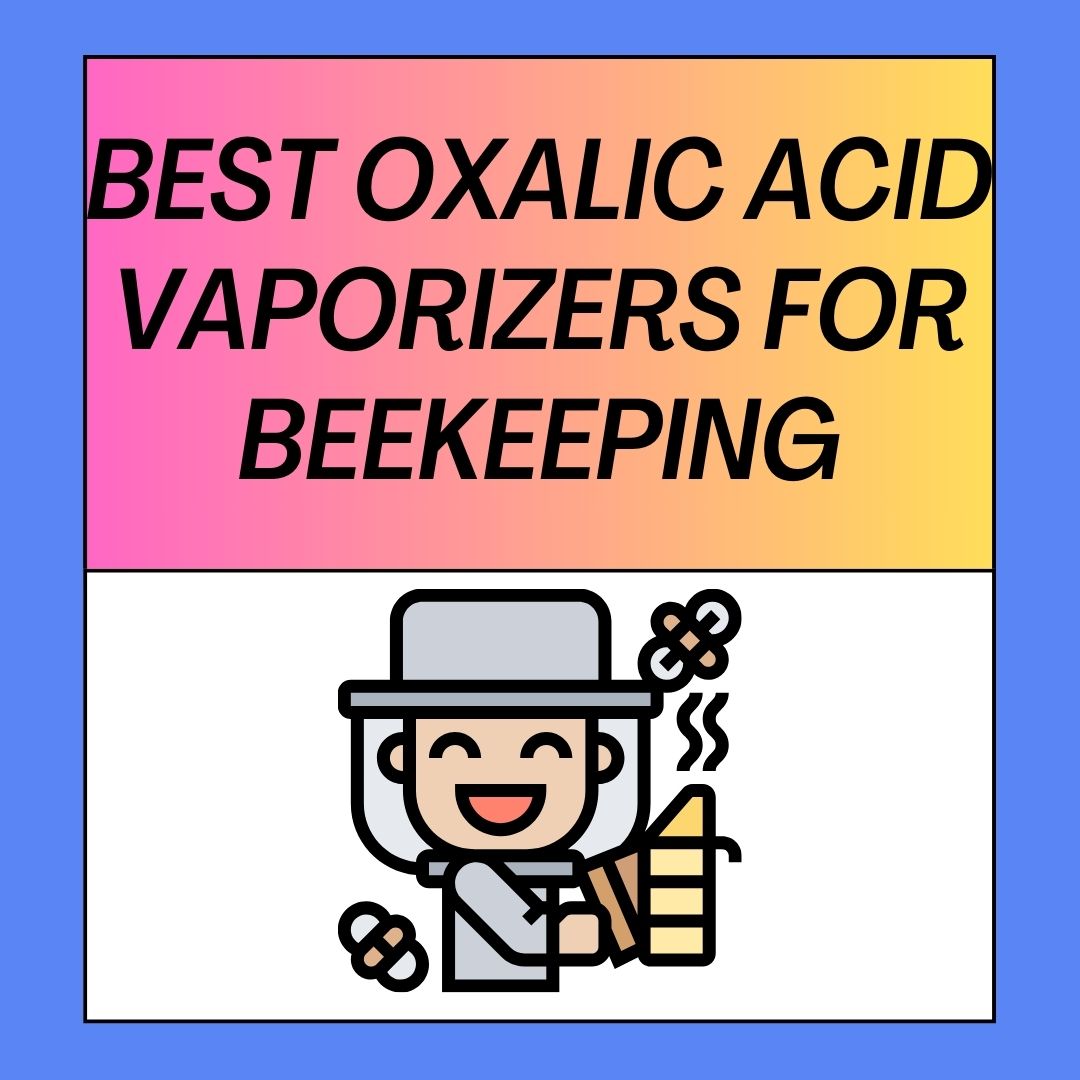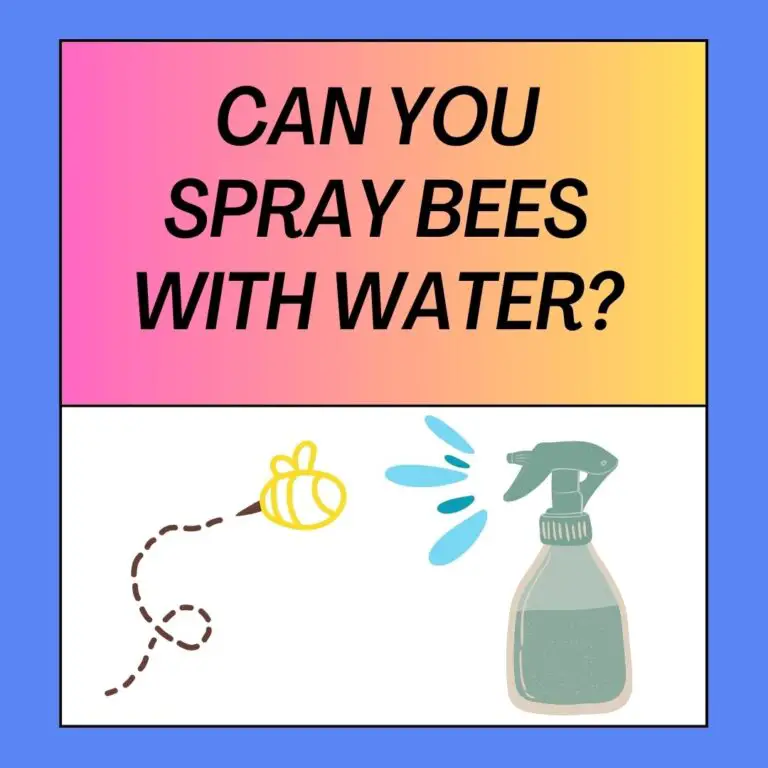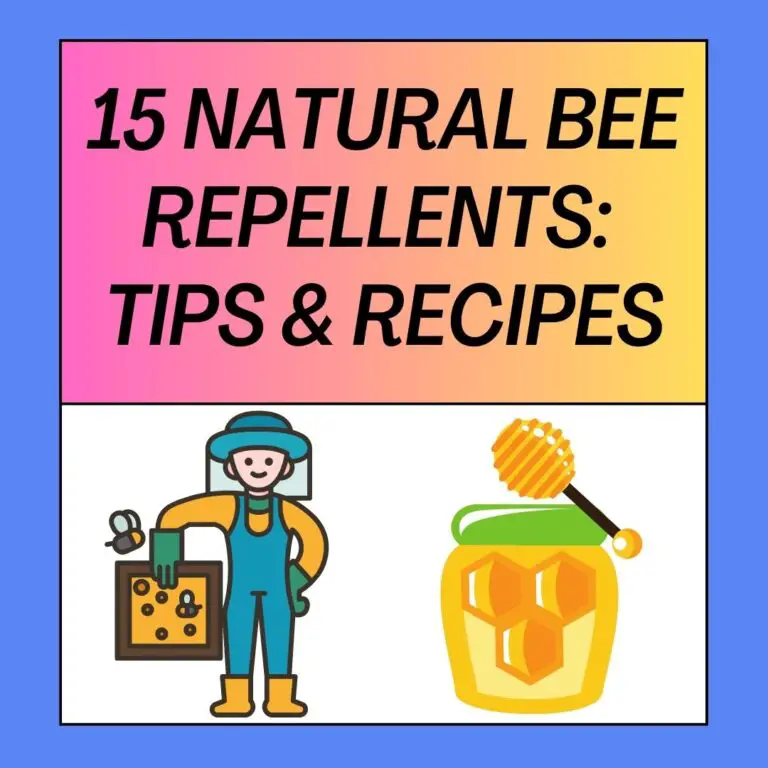
Beekeepers often encounter challenges in managing the health of their honeybee colonies. One of these challenges is dealing with varroa mites, which are parasitic pests that can devastate bee colonies if left unchecked. Oxalic acid vaporization is a popular method among beekeepers for controlling varroa mite infestations. In this comprehensive guide, we will explore the best oxalic acid vaporizers available for beekeeping, along with key considerations for their use.
Understanding the Varroa Mite Problem
Varroa destructor, commonly known as the varroa mite, is a major threat to honeybee colonies worldwide. These tiny arachnids attach themselves to bees, feeding on their bodily fluids and transmitting harmful viruses. If left untreated, varroa mites can weaken and ultimately destroy bee colonies, leading to significant losses for beekeepers.
Oxalic Acid Vaporization as a Solution
Oxalic acid vaporization has emerged as a highly effective method for managing varroa mite infestations. It involves the controlled application of oxalic acid vapor within the beehive. When the vapor comes into contact with the mites, it has a lethal effect, helping to reduce mite populations and safeguard bee colonies.
How Oxalic Acid Vaporization Works
The Science Behind Oxalic Acid
Oxalic acid is a natural compound found in various plants. When vaporized and introduced into the beehive, oxalic acid interacts with the varroa mites. The acid disrupts the mites’ cellular functions, ultimately leading to their demise. This method is considered safe for bees when used correctly, as it does not harm the bees or their brood.
Vaporization Process
Oxalic acid vaporization typically involves the use of specialized equipment known as vaporizers. These devices heat oxalic acid crystals, transforming them into vapor. The vapor is then introduced into the beehive, where it disperses and comes into contact with the mites.
Choosing the Right Oxalic Acid Vaporizer
Factors to Consider
Selecting the best oxalic acid vaporizer for your beekeeping needs requires careful consideration of several factors, including:
- Hive Size: The size of your bee colony and the number of hives you manage will influence the type and capacity of vaporizer you need.
- Ease of Use: Look for a vaporizer that is user-friendly and suits your level of experience.
- Safety Features: Safety should be a top priority. Ensure the vaporizer has safety mechanisms to protect you and your bees.
- Durability: Invest in a vaporizer made of high-quality materials to ensure its longevity.
- Price: Consider your budget while weighing the features and quality of the vaporizer.
Types of Oxalic Acid Vaporizers
There are several types of oxalic acid vaporizers available, including:
- Electric Vaporizers: These are powered by electricity and are often the most convenient and efficient option.
- Propane Vaporizers: Ideal for remote locations, propane vaporizers offer portability and are suitable for beekeepers with multiple hives.
- Battery-Powered Vaporizers: These are a practical choice for beekeepers who need a portable and cordless option.
Safety Precautions
Protective Gear
Safety is paramount when working with oxalic acid vaporizers. Proper protective gear, including gloves, goggles, and a mask, should be worn during the vaporization process to prevent contact with oxalic acid vapors.
Proper Handling of Oxalic Acid
Learn the correct way to handle oxalic acid, including storage and disposal procedures. Oxalic acid should be kept out of reach of children and pets.
Safety During Vaporization
Follow safety guidelines and precautions while using the vaporizer, including proper ventilation, avoiding direct inhalation of vapors, and maintaining a safe distance from the hive during treatment.
Steps for Oxalic Acid Vaporization
Preparation
Before vaporization, prepare your equipment, oxalic acid crystals, and protective gear. Ensure the hive is appropriately sealed, leaving only the vaporization entrance open.
Vaporization Process
Execute the vaporization process carefully, following the manufacturer’s instructions. Monitor the treatment duration and ensure all safety precautions are observed.
Post-Treatment Measures
After vaporization, allow the hive to ventilate and the oxalic acid vapors to disperse. Inspect the hive for any signs of stress in the bees and monitor mite drop counts to assess treatment effectiveness.
Benefits and Limitations of Oxalic Acid Vaporization
Advantages
Oxalic acid vaporization offers several benefits, such as:
- Effectiveness against varroa mites.
- Minimal impact on bees when used correctly.
- Low residual levels in honey.
- Cost-effectiveness compared to other treatments.
Limitations
While oxalic acid vaporization is a valuable tool in varroa mite management, it does have limitations, including:
- Ineffectiveness against mites in capped brood cells.
- The need for multiple treatments.
- Safety concerns if not used correctly.
How Effective Is Oxalic Acid Vapor in Controlling Varroa Mites?
Oxalic acid vaporization is considered one of the most effective methods for controlling varroa mites in honeybee colonies. When used correctly, it can significantly reduce mite populations and help protect bee colonies from the devastating effects of varroa infestations. However, its effectiveness can vary depending on several factors, including the timing of treatment, the method of application, and the overall health of the bee colony.
Factors Influencing Effectiveness:
- Treatment Timing: Oxalic acid vaporization is most effective when applied during periods of low brood activity in the hive, such as late fall or early winter. This is because varroa mites tend to infest adult bees during these times, making them more vulnerable to treatment.
- Application Method: Proper application is crucial for effectiveness. The vaporization process must be done according to the manufacturer’s instructions to ensure that the oxalic acid reaches the mites within the hive.
- Multiple Treatments: In some cases, multiple treatments may be required to achieve optimal mite control. This is especially true if the mite infestation is severe.
- Bee Colony Health: The overall health and strength of the bee colony can impact the success of oxalic acid vaporization. Stronger, healthier colonies may respond better to treatment.
- Mite Resistance: Over time, varroa mites can develop resistance to certain treatments, including oxalic acid. Beekeepers should monitor mite levels and be prepared to adjust their treatment methods if resistance becomes an issue.
In summary, oxalic acid vaporization is highly effective when used as part of an integrated pest management (IPM) strategy. Beekeepers should carefully follow recommended guidelines and consider the factors mentioned above to maximize its effectiveness.
What Brand of Oxalic Acid Is Suitable for Beekeeping?
Several brands of oxalic acid are suitable for beekeeping, and beekeepers can choose based on their preferences and availability. Some well-known brands that produce oxalic acid for beekeeping purposes include:
- MiteAway Quick Strips: These are pre-made oxalic acid treatment strips designed specifically for varroa mite control in beehives.
- Api-Bioxal: This is another popular oxalic acid product formulated for beekeepers. It is available in crystal form and is used to prepare oxalic acid solution for vaporization or dribble methods.
- Oxalic Acid Dihydrate Crystals: Beekeepers can also source oxalic acid dihydrate crystals from reputable chemical suppliers. These crystals can be used to prepare oxalic acid solutions for various beekeeping applications.
It’s important to ensure that the oxalic acid used is of high purity and suitable for beekeeping. Beekeepers should always follow the recommended dosage and application methods provided by the manufacturer.
How Much Oxalic Acid Should You Vaporize?
The amount of oxalic acid to vaporize depends on the size of your beehive and the method of application. The most common method involves using oxalic acid vaporization wands or vaporizers that are specifically designed for beekeeping. Here’s a general guideline for vaporization:
- For a standard Langstroth hive with two deep brood boxes, a common dosage is approximately 1 to 2 grams (about 1/3 to 2/3 teaspoon) of oxalic acid per brood box. This means a total of 2 to 4 grams for the entire hive.
- If you’re using a different hive configuration or have a particularly large hive, you may need to adjust the dosage accordingly. Refer to the manufacturer’s instructions for the specific vaporizer you’re using, as they often provide dosage recommendations.
- It’s essential to weigh the oxalic acid crystals accurately to ensure precise dosing. Accuracy is crucial for both safety and effectiveness.
- Always follow the recommended guidelines provided with your vaporization equipment, as different vaporizers may have variations in dosing requirements.
Remember that oxalic acid vaporization should be conducted with caution, and safety precautions, including proper protective gear, must be in place.
Can You Eat Honey Treated With Oxalic Acid?
Honey treated with oxalic acid, following proper application and dosage guidelines, is generally safe for human consumption. Oxalic acid is naturally occurring in many foods, including honey, but the levels used in varroa mite treatments are considered safe when used correctly.
However, there are essential points to consider:
- Follow Treatment Recommendations: Ensure that you use oxalic acid according to recommended guidelines for beekeeping. This includes adhering to proper dosages and application methods.
- Timing: Avoid harvesting honey from hives immediately after oxalic acid treatment. Follow the specified withholding period (often recommended by the product manufacturer) to allow any residues to dissipate.
- Local Regulations: Be aware of any local regulations or guidelines regarding the use of oxalic acid in beehives and the sale of honey produced from treated hives.
- Allergies: Some individuals may be sensitive or allergic to oxalic acid. While the levels in treated honey are generally low, anyone with known allergies should exercise caution.
- Labeling: If you plan to sell honey produced from hives treated with oxalic acid, consider labeling it as treated for varroa mites, even if the treatment residues are within safe limits. This transparency can help inform consumers.
Always prioritize the health and well-being of your bees when using any treatments in your beehives, including oxalic acid.
Using Oxalic Acid Mite Treatments
Oxalic acid is an effective treatment for controlling varroa mites in beehives. There are two primary methods for using oxalic acid in mite treatments: vaporization and the dribble method.
Vaporizing Oxalic Acid:
Vaporization involves heating oxalic acid crystals, which sublimate into vapor. The vapor is then introduced into the beehive, where it comes into contact with the varroa mites. Here’s how to use the vaporization method:
- Safety Gear: Wear appropriate safety gear, including a beekeeper’s suit, gloves, safety goggles, and a respirator mask designed for acid vapor.
- Prepare the Vaporizer: Load the vaporizer with the correct dosage of oxalic acid crystals, following the manufacturer’s instructions.
- Seal the Hive: Ensure that the beehive is properly sealed except for the entrance. This prevents the vapor from escaping.
- Vaporize: Insert the vaporizer through the hive entrance and vaporize the oxalic acid crystals according to the recommended duration.
- Ventilate: After treatment, allow the hive to ventilate thoroughly to dissipate any remaining vapor.
Dribble Method of Using Oxalic Acid:
The dribble method involves applying an oxalic acid solution directly onto the seams of bees in the hive. Here’s how to use the dribble method:
- Safety Gear: As with vaporization, wear appropriate safety gear, including a beekeeper’s suit, gloves, safety goggles, and a respirator mask.
- Prepare the Solution: Dissolve oxalic acid crystals in a sugar syrup solution. Follow precise dosages recommended by the manufacturer.
- Application: Dribble the oxalic acid solution directly onto the seams of bees, ensuring that it comes into contact with the mites.
- Safety Measures: Take care to avoid spillage and minimize bee contact with the solution.
- Ventilation: Allow the hive to ventilate to disperse any fumes and aid in drying the solution.
6 Best Oxalic Acid Vaporizers for Beekeepers, Reviewed
If you’re a beekeeper looking to treat your hive for Varroa mite infestations, you’re in the right place. Oxalic acid vaporization is a proven and efficient method for ridding your bee colony of these troublesome pests. We’ve scoured the market to bring you the six best oxalic acid vaporizers for beekeepers, catering to different needs and budgets. Whether you’re a beginner or a seasoned apiarist, there’s an option here for you.
1. Varomorus Oxalic Acid Vaporizer – Budget Pick
- Heating Time: 2-3 minutes
- Acid Pan: Aircraft 6061 aluminum
- Cord Length: 55 inches
- Size: 25 x 2.5 x 2.5 inches
- Price: Check on Amazon
Starting with the budget-friendly option, the Varomorus Oxalic Acid Vaporizer packs a punch without breaking the bank. Despite its affordability, it boasts durability and efficiency. Constructed from aircraft-grade aluminum, known for its strength, it’s built to withstand repeated heating.
This vaporizer is beginner-friendly, making it suitable for novice beekeepers. Simply load the recommended amount of oxalic acid crystals into the heating element groove, attach the alligator clips to a car battery, and watch it start producing vapor. It’s lightweight, weighing just under a pound, and comes with a 4.5-foot cord, making it easy to handle and maneuver.
However, it’s important to note that this budget pick takes a bit longer to heat up, around 2-3 minutes, and then another 2-3 minutes to vaporize the standard 1 gram of oxalic acid. Also, it lacks extensive heat protection, with only a wooden handle. This option is ideal for beekeepers with a smaller number of hives.
2. OxaVap ProVap110 Oxalic Acid Vaporizer – Premium Pick
- Heating Time: 2 minutes
- Acid Pan: Copper
- Cord Length: N/A
- Size: 13.25 x 10 x 4 inches
- Price: Check on Amazon
If you’re willing to invest more for top-tier performance, the OxaVap ProVap110 Oxalic Acid Vaporizer is a premium choice. This vaporizer takes a different approach with its design, resembling a device used by law enforcement to measure heat.
What sets this vaporizer apart is its heating mechanism. Instead of a plate, it heats a copper cylinder with an aluminum bottom. These super-conductive materials maintain heat efficiently, resulting in a lightning-fast treatment time of just 20 seconds. This design minimizes toxic fumes, making it safer for both you and your bees.
Another convenience is that it doesn’t require a heavy battery. You can plug it into a regular power outlet, eliminating the need for beekeeping modifications. However, you will need to drill a small hole to fit the vaporizing stem.
While this premium pick comes at a higher price point, it’s a wise investment for beekeepers managing 20 or more hives or commercial bee farms. Its efficiency can save you thousands of dollars in the long run by preventing hive collapses due to untreated mite problems.
3. Scott Bee Farm Beekeepers Oxalic Acid Vaporizer – Top Pick
- Heating Time: 2 minutes
- Acid Pan: CNC machined pan
- Cord Length: 12 feet
- Size: 18 x 2.5 x 0.5 inches
- Price: Check on Amazon
Our top pick, the Scott Bee Farm Beekeepers Oxalic Acid Vaporizer, has garnered significant buzz in the beekeeping community. Scott Bee Farm is a respected name in the industry, and this vaporizer lives up to its reputation.
What sets this vaporizer apart from the rest is the heat shield attached below the heating element. This added safety feature can save your hive from potential fires, especially if you’re treating plastic hives. The heat shield lowers the surface temperature significantly, reducing the risk of hive damage.
Convenience is another hallmark of this vaporizer. It comes with a generous 12-foot cord, allowing you to position your power source within a reasonable range. The one improvement we’d suggest is the addition of a switch, which would save you the hassle of disconnecting the battery manually.
Overall, the Scott Bee Farm Beekeepers Oxalic Acid Vaporizer offers both safety and convenience at a reasonable price. Additionally, it includes a measuring spoon and timer in the package, making it an excellent choice for beekeepers of all levels.
4. Scott Bee Farm v.03.25 Oxalic Acid Vaporizer
- Heating Time: 2 minutes
- Acid Pan: CNC machined pan
- Cord Length: 12 feet
- Size: 18 x 8 x 6 inches
- Price: Check on Amazon
Another notable option from Scott Bee Farm is the v.03.25 Oxalic Acid Vaporizer. While not our top pick, it offers reliable performance, especially for small-scale beekeepers.
What sets this model apart from the top pick is its rectangular handle, providing a broader area to grip. While it might not be the most comfortable option, it’s practical if you’re concerned about accidentally dropping the vaporizer.
Unlike the top pick, this model lacks a heat shield, so you’ll need to exercise caution when handling the heating element. Additionally, it doesn’t include a timer, so you’ll have to rely on your phone’s stopwatch for precise vaporization duration.
With a 12-foot cord, CNC machined pan, and soldered battery clips, this Scott Bee Farm vaporizer offers durability and reliability at an affordable price. If you have a limited number of beehives to treat, it’s a worthy choice.
5. KDO Oxalic Acid Vaporizer
- Heating Time: 1 minute
- Acid Pan: Aluminum
- Cord Length: 1.6 feet
- Size: 22 x 3.25 x 2.5 inches
- Price: Check on Amazon
The KDO Oxalic Acid Vaporizer takes a unique approach with its design, making it stand out among wand-type vaporizers. It features an off-centered aluminum heating plate, which resembles a flag on a pole. This design allows electrical wiring to pass directly into the plate, resulting in faster heating.
Compared to vaporizers with glow plugs, which act as intermediaries, this design significantly reduces treatment time. It takes just 3 minutes to heat the pan and vaporize the oxalic acid, whereas others take 2-3 minutes to heat the plate and an additional 2 minutes for vaporization.
Additionally, this vaporizer includes a metal bracket that attaches to the wand rod, sealing the hive entrance. This feature eliminates the need for makeshift blocking devices and ensures that the acid vapor remains inside the hive. However, the power cord is relatively short at 1.6 feet, requiring a portable battery for operation.
Considering its efficiency and the fact that it operates at just 150 watts, the KDO Oxalic Acid Vaporizer is a cost-effective choice at around $35.
6. Blythewood Bee Company Oxalic Acid Vaporizer
- Heating Time: 2 minutes
- Acid Pan: Durable aluminum
- Cord Length: N/A
- Size: 20.75 x 2.5 x 1.75 inches
- Price: Check on Amazon
The Blythewood Bee Company Oxalic Acid Vaporizer showcases the ingenuity of beekeepers designing products for their specific needs. This South Carolina-made unit offers an affordable and versatile solution for beekeepers with various hive types.
Similar to the KDO unit, this vaporizer features an aluminum heating plate but with a thinner design. This feature makes it an excellent choice for the Flow Hive 2, known for its narrow entrance. With a heating pad thickness of 1.75 inches, it fits perfectly into the Flow Hive 2’s narrow entrance, leaving clearance.
However, due to its thinner plate and a two-teaspoon capacity pan, it takes a bit longer to heat up and complete the treatment, especially for larger hives. The solution is to invest in multiple units, making the process more efficient. Fortunately, the affordability of the Blythewood Bee Company Oxalic Acid Vaporizer allows you to do just that.
If you own a Flow Hive 2 or prefer not to remove entrance guards for treatment, this vaporizer is an excellent one-size-fits-all choice.
Additional Options
- VarroJet Oxalic Acid Vaporizer: The VarroJet is a specialized vaporizer designed for efficiently treating beehives against Varroa mites. It’s known for its precision and effectiveness.
- Colorado Cold Oxalic Acid Vaporizer: This vaporizer is likely designed for cold weather conditions, ensuring the oxalic acid treatment process works effectively even in low temperatures.
- Varomorus Oxalic Acid Vaporizer: The Varomorus Oxalic Acid Vaporizer is a budget-friendly option for beekeepers. It’s known for its simplicity and ease of use.
- KDO Oxalic Acid Vaporizer: The KDO Oxalic Acid Vaporizer stands out for its unique design, which allows for faster heating and efficient oxalic acid vaporization.
- VMVAPORIZER MINI Oxalic Acid Vaporizer: As the name suggests, this is a compact oxalic acid vaporizer, suitable for those with limited space or smaller hives.
- Varomorus Durable Oxalic Acid 12V Vaporizer: This vaporizer is designed for durability and operates using a 12V power source, likely making it suitable for beekeepers who prefer a 12V setup.
- OxaVap ProVap110 Oxalic Acid Vaporizer: The OxaVap ProVap110 is a premium vaporizer known for its fast treatment time and efficiency in eliminating Varroa mites.
- Scott Bee Farm Mite Oxalic Acid Vaporizer v.03.25: This vaporizer from Scott Bee Farm is designed for beekeepers looking for a reliable and effective tool to combat Varroa mites.
- Scott Bee Farm Heavy Duty Oxalic Acid Vaporizer v.15.12: The “Heavy Duty” designation suggests that this vaporizer is built to withstand rigorous use. It likely has additional features for durability.
- Blythewood Bee Company Varrox Oxalic Acid Vaporizer: Blythewood Bee Company’s Varrox Oxalic Acid Vaporizer is known for its versatility and may be compatible with different hive types.
- Blue Ridge Bee Company Oxalic Acid Vaporizer Kit: This appears to be a comprehensive kit, possibly including not only the vaporizer but also additional accessories or equipment needed for oxalic acid vaporization.
Remember that the right oxalic acid vaporizer for you depends on your specific needs, hive types, and budget. Consider the key factors such as heating element efficiency, treatment time, cord length, hive compatibility, and safety features when making your choice. With the right vaporizer, you can effectively treat your hives and protect your bee colony from Varroa mites, ensuring the health and well-being of your bees.
Conclusion
Oxalic acid vaporization is a powerful and widely adopted method for controlling varroa mites in honeybee colonies. When used correctly and safely, it can help beekeepers protect their hives and promote the health of their bee colonies. By choosing the right oxalic acid vaporizer and following recommended practices, beekeepers can effectively manage varroa mite infestations and contribute to the well-being of honeybee populations.






